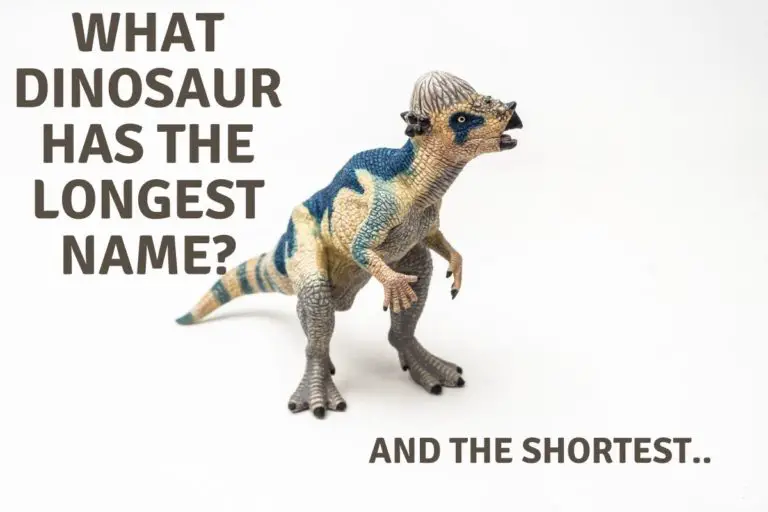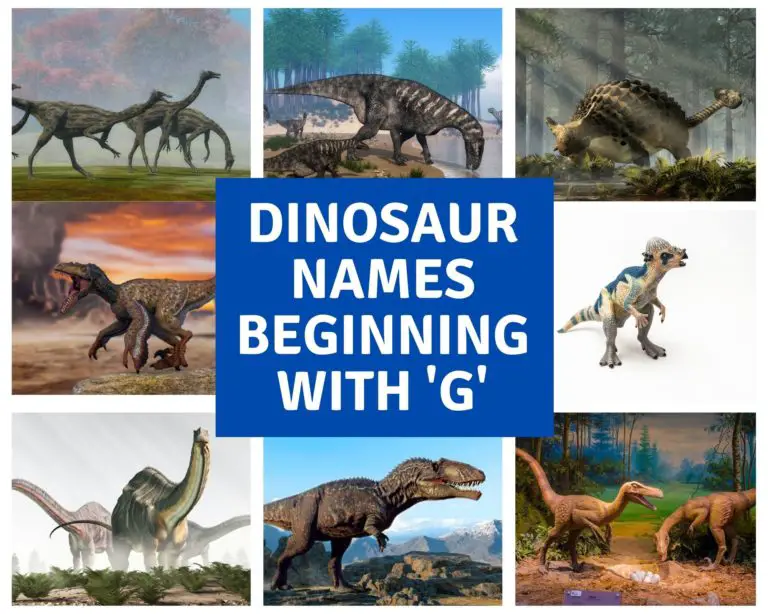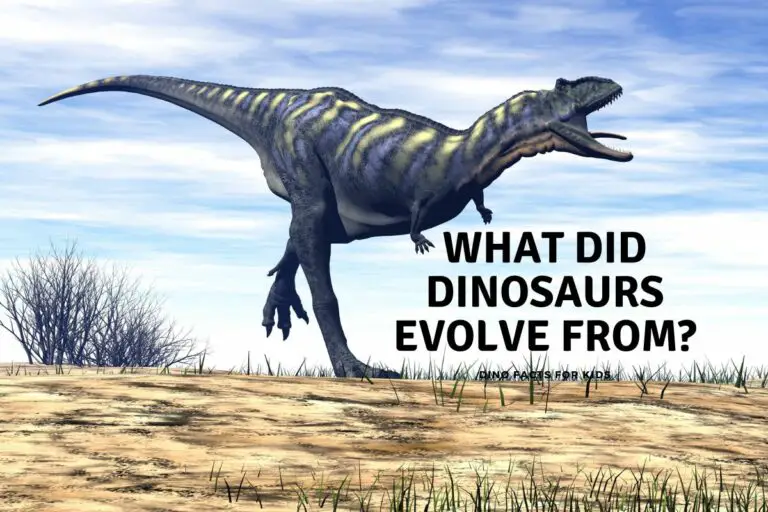Prehistoric Planet 2: Episode 4: Oceans Recap
Prehistoric Planet 2 was shown of 5 days in May 2023, and we take a look at each episode, and on this page we look at the Oceans episode. to highlight some of the events and prehistoric animals you can see within it. Not all of these will be dinosaurs as although they were still the dominant life on the planet at the time, there were plenty more animals walking, swimming and flying around!
With the narration of the renowned David Attenborough, the CGI that would not look out of place in a Jurassic World movie and with the unique approach to present it in a modern day nature documentary version it looks to be as excellent as the first series last year.
You can watch the episodes this week on this link for apple TV.
If you want a full list with some information about each animal in the whole series of Prehistoric Planet 2 you can check out this page where we cover each episode and the animals / reptiles / dinosaurs and more in more detail.
Episode 1: Islands | Episode 2: Badlands | Episode 3: Swamps | Episode 4: Oceans | Episode 5: North America
Just before you Jump In we have a table listing the animals that appeared in Prehistoric Planet episode 4 below.
Table 1: Animals in Prehistoric Planet 2 episode 4
| Animal | Maximum Size | Weight | Habitat | Classification |
|---|---|---|---|---|
| Mosasaurus | 13-17 metres (43-56 feet) | 55,00 – 10,000 kg (12-22,000 lbs) | Ocean | Marine Reptile |
| Phosphorosaurus | 3 metres (9-10 feet) | Unknown | Ocean (Japan, Belgium) | Marine reptile |
| Lantern fish | 2-30 cm (1 inch to 1 foot) | wide range | Ocean | Fish |
| Hesperornis | 1.8 metres (5.8 feet) long | wide range of estimates (10 to 90kg) more likely lower. | North American oceans / Russia | Bird like dinosaur |
| Xiphactinus | 4-6 metres (14-20 feet | 200-450 kg ( 500 -1000 lbs.) | Oceans | Fish |
| Ammonoidea | WIDE range! few mm to 1.8 metres | huge range | All oceans / Europe | Mollusk |
| Pyroraptor | 2+ metres (6 to 7 feet) | 20 kg ( 44 lbs.) | France / Spain | Dinosaur |
| Tuarangisaurus | 8 metres (26 feet) | 1,000 kg (2200lbs.) | ocean | Marine reptile |
| Baculites | 7 cm to 2 metres (2.8 inches to 6.6 feet | Wide range | ocean | mollusk |
| Diplomoceras | 1.5 metres (5.5 feet) | Wide Range | ocean | Mollusk |
| Nostoceras | Variable | variable | Ocean | Mollusk |
| Morturneria | 5 metres ( 16 feet) | Antarctic ocean | marine Dinosaur |
Prehistoric Planet 2: Episode 4: Oceans Recap
Here we take a look at the fourth episode in the Prehistoric Planet 2 series titled Oceans which explores the oceans of the world as they were 66 million years ago and revisits some old favorites from prehistoric planet the first season, like Mosasaurus and the Elasmosaurus, but also takes a look at new types of animal like Ammonoidea( mollusks)
In this Prehistoric Planet Episode we are shown how different animal species may have interacted and lived in the largest of all the earths environments – The Oceans
Prehistoric Planet 2: Oceans : Europe
we start the episode with a bang as the largest predator of the cretaceous swims into view the Mosasaurus ( probably Hoffmannii) which has upper estimates of 50+ feet in length.
Hiding from it, understandably, is a 10 foot long smaller species of mosasaur called a Phosphorosaurus, which is thought to have lived at deep depths than its much larger cousin swimming above.

it is thought to have had larger eyes and be more suited to dim light or night time hunting. Which is what it is waiting for. As night comes Thousands, or hundreds of thousands of Lantern Fish rise up from the depths to feed at night at shallower levels.

This migration allows the Phosphorosaurus to also hunt, and with its larger eyes and better vision to take advantage of the fish buffet on offer despite the luminesce of the Lantern fish.
Prehistoric Planet 2: Oceans : North America
The next segment moves to North America, and we are shown a huge bait ball of fish with a bird like dinosaur called Hesperornis hunting like a modern day cormorant. Swimming and hunting fish under the water.
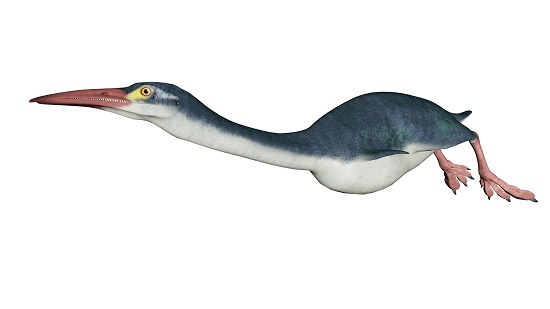
it was much larger than a modern sea bird, at about 1.8 metres though, and although it was hunting there is, as they say, always a bigger fish. In this instance it is the Xiphactinus, whose name is as scary as the actual appearance of this prehistoric fish.
Xiphactinus could grow up to 20 feet long ( 6-7 metres) at its top sizes and was thought to be a voracious predator with anything, literally anything, could be food. we are shown it eating fish and as their numbers reduce turning its attention, successfully, to the unfortunate Hesperornis.

Xiphactinus, although perhaps not first choice, was not above cannibalism to grab a meal as well and fossils have shown evidence of their own species scales inside their stomachs as well. As well as a 6 ft Gillicus fish discovered whole inside one fossilized Xiphactinus … that’s a big meal!
Xiphactinus was a successful fish it was, pretty is most certainly wasn’t!
Prehistoric Planet 2: Oceans : Europe
The next section covers some baby animals but not fish, or reptiles. It looks at ammonites, a prehistoric mollusk. These are the newly hatching ammonites caught in a rock pool with the sun drying it up quickly.
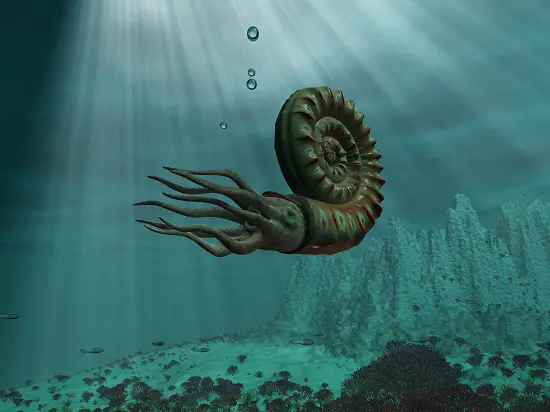
The baby ammonites try to push, en masse and in unison, themselves across the rocks and back to the sea. While plenty make it, plenty do not.
The ammonites that do not make it become food for another baby animal this time a dinosaur in the form of Pyroraptor – which we have more information on here. We do not see the adult, but if you wanted to see one on screen there is one on the Crashed plane scene of Jurassic world dominion, albeit about 4-5 times larger than it actually was!

We leave the Ammonites for the moment and move to the next section.
Prehistoric Planet 2: Oceans : Pacific
the Tuarangisaurus from Season 1 of Prehistoric planet makes a reappearance, not breeding this time, but this time hunting. It has to go into deeper water to do this, and in the deeper water is a Mosasaurus and its hungry.

While the Mosasaurus is unlucky catching an adult, despite its best efforts, it does dramatically catch a younger Tuarangisaurus using speed and power. This is discussed at the end of the episode as well.
It also discusses how fast a mosasaur could swim and their research suggest 30 miles an hour, and the ability to achieve that in a second! that speed is certainly demonstrated as it breeches like a great White out of the ocean with the young Tuarangisaurus in its huge mouth.
Prehistoric Planet 2: Oceans : Pacific
We head back to the ammonites who have grown and found other, related but very different looking, Mollusks. We are introduced to a few of these whose names are as strange as their appearance.

There are there named in this section which we take a quick look at below and you can check out information in the table above as well.
- Baculites: a long 6 foot straight ammonite
- Diplomoceras: a 5 feet long trombone or paper clip shaped ammonite
- Nautilus: A large “traditional” red and white shelled ammonite
- Nostoceras: an ammonite shaped, frankly, like the poop emoji!
the final Section moves over to Antarctica
Prehistoric Planet 2: Oceans : Antarctica
The final short section shows us that life really was in all areas of the Ocean with the only filer feeding reptile currently known. Morturneria, it was a member of the Elasmosaurus family member discovered on Seymour island, Antarctica in 1994 although later thought to filter feed.

We are shown a mother and juvenile dragging their pointed teeth jaws through the silt to trap small crustations and animals and eat.
With that we leave and wait for the final episode in the series: North America.
Episode 1: Islands | Episode 2: Badlands | Episode 3: Swamps | Episode 4: Oceans | Episode 5: North America
You can also watch a recap video of prehistoric Planet episode 4: Oceans here
Conclusion
Oceans have always been a rich source of life on our planet from the huge to the miniscule and this episode of Prehistoric Planet 2 certainly highlights that, from the largest Cretaceous predator the Mosasaurus, to some of its weirdest with the Ammonoidea we get to take a look at what life would have been like in the oceans 66 million years ago.
And, lets be honest, a little thankful a lot of those huge toothy fish and reptiles no longer swim off our beaches!
References
Hi, I am Roy Ford a General Studies and English Teacher who has taught all over the world. What started as a fossil collection became a great way to teach, motivate and inspire students of all ages and all over the world about dinosaurs and from that and children’s love of dinosaurs came the site dinosaur facts for kids, a resource for all ages.

